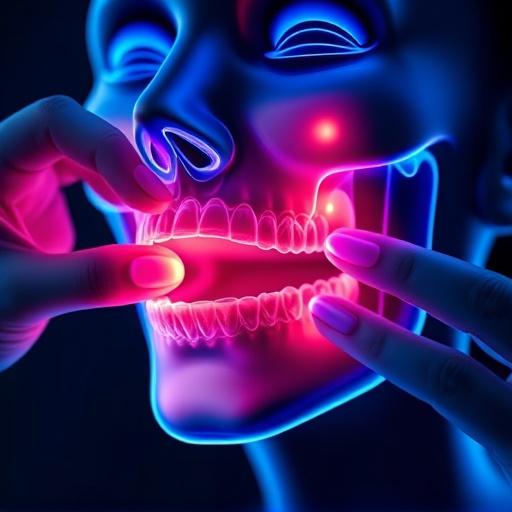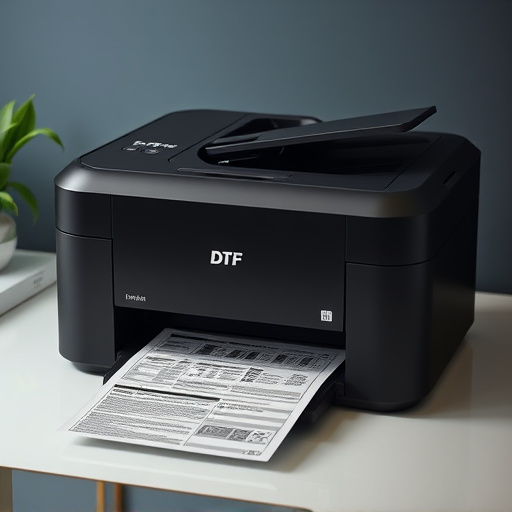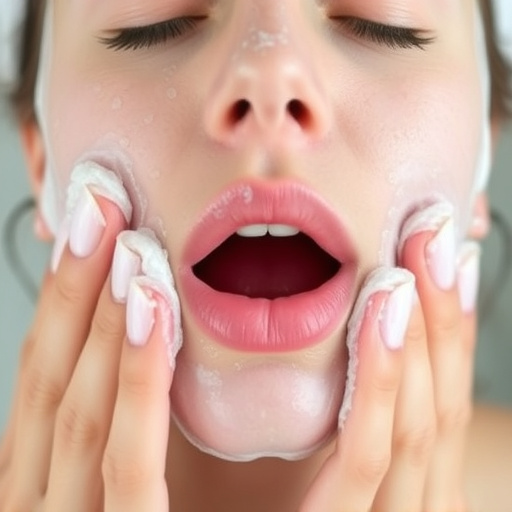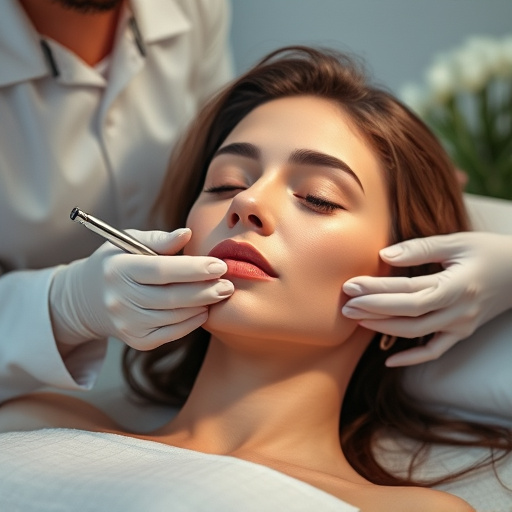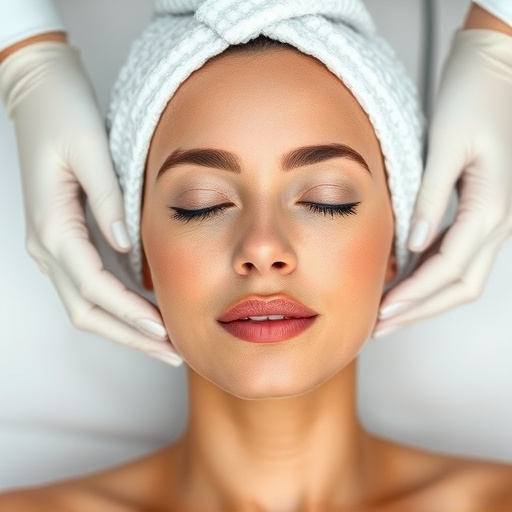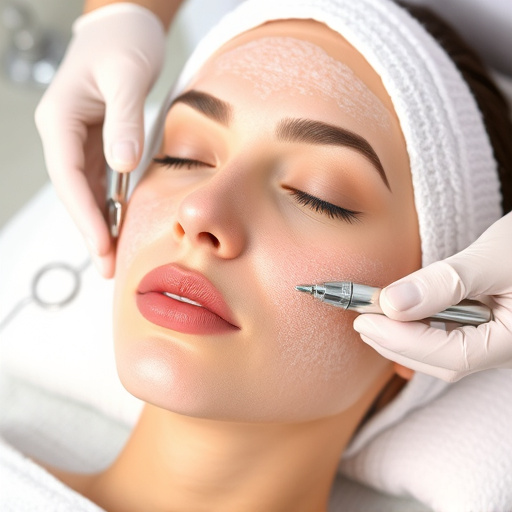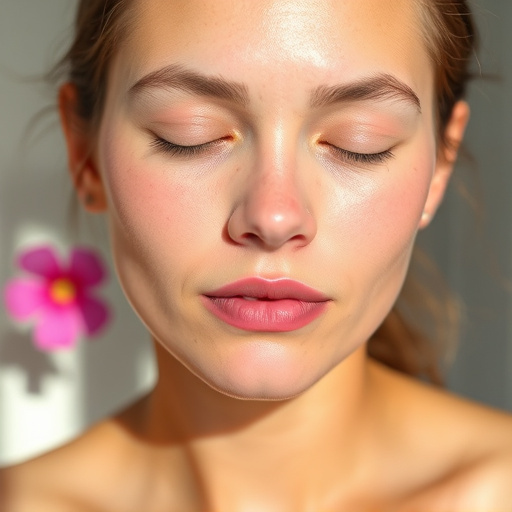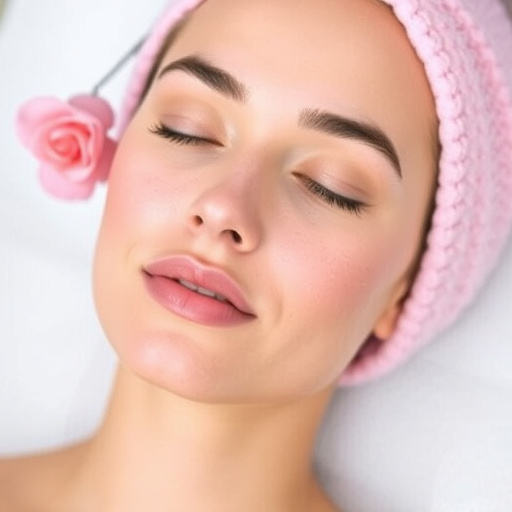Teenage acne results from hormonal changes, stress, diet, and skincare habits. Treatment options range from over-the-counter creams to prescription meds and professional services. Building trust through open, non-judgmental communication and using simple language for explanations encourages teen participation in their skin health journey.
Talking to teens about their skin can be tricky, especially when it comes to addressing teenage acne. This comprehensive guide navigates the complex world of teenage acne treatment, offering insights into understanding the root causes and triggers. From topical creams to oral medications, we explore various treatment options backed by scientific evidence. Learn effective communication strategies to build trust with your teen, empowering them to take control of their skin health and embrace a clear, confident complexion.
- Understanding Teenage Acne: Causes and Triggers
- Navigating Treatment Options: Topical Creams to Oral Meds
- Building Trust: Communicating Effectively with Teens About Skin Care
Understanding Teenage Acne: Causes and Triggers
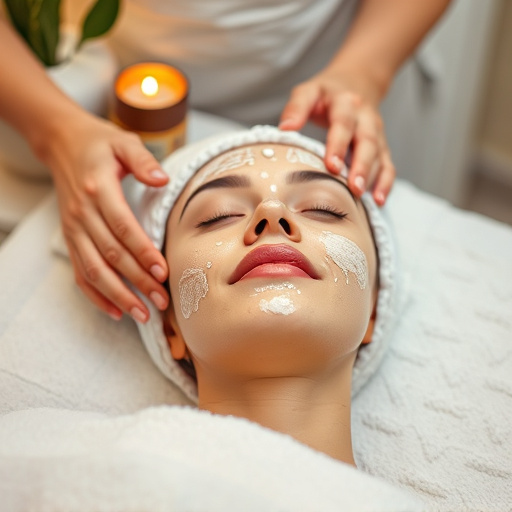
Understanding Teenage Acne: Causes and Triggers
Teenage acne is a common concern among adolescents, often characterized by oily skin, clogged pores, and red, inflamed bumps. While it may seem like a simple skin issue, understanding its causes and triggers is crucial for effective teenage acne treatment. Hormonal changes, especially the surge of testosterone during puberty, play a significant role in causing acne. This hormone stimulates oil production in the skin, creating an ideal environment for bacteria to flourish, leading to blocked pores and inflammation.
Other factors that can trigger teenage acne include stress, certain foods, and environmental conditions. For instance, high levels of stress can cause hormonal fluctuations that contribute to breakouts. Some studies suggest that food choices, particularly those high in sugar or processed carbohydrates, may also play a role. Additionally, poor skin care practices, such as not washing the face regularly or using oily skincare products, can exacerbate the problem. Recognizing these causes and triggers is an essential step towards managing and improving teenage acne treatment outcomes.
Navigating Treatment Options: Topical Creams to Oral Meds
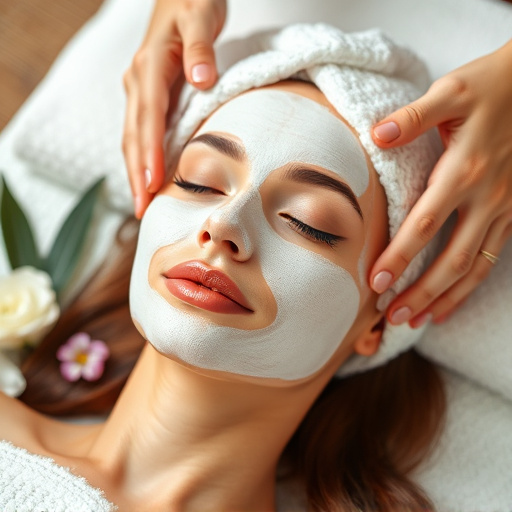
Navigating Treatment Options: From Topical Creams to Oral Meds
When it comes to teenage acne treatment, parents and caregivers play a crucial role in guiding teens towards effective solutions. The first step is understanding that various treatment options are available, ranging from over-the-counter topical creams to prescription oral medications. For mild cases, gentle cleansers and non-prescription benzoyl peroxide or salicylic acid creams can help unclog pores and reduce inflammation. These products are generally considered safe and can be a good starting point for addressing adolescent acne.
However, for more severe forms of acne, consulting a dermatologist is essential. They may prescribe stronger topical treatments, such as retinoids, which have been proven effective in unblocking pores and promoting skin turnover. In some instances, oral antibiotics or contraceptives can be recommended to target hormonal imbalances linked to acne. Additionally, professional skincare services like extractions or chemical peels, while not medications per se, offer specialized aesthetic treatments to tackle stubborn blemishes. These procedures, combined with a good skincare routine, can lead to improved skin texture and tone, including potential skin brightening effects.
Building Trust: Communicating Effectively with Teens About Skin Care
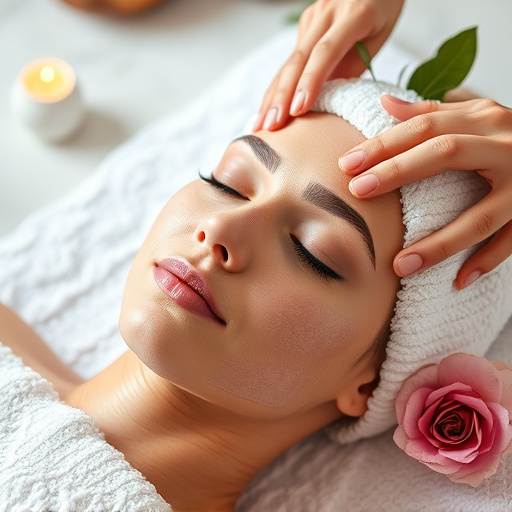
Building trust is a cornerstone when communicating with teens about their skin care and teenage acne treatment options. As a parent or caregiver, it’s essential to create an open, non-judgmental space where they feel comfortable discussing their concerns. Start by actively listening to their thoughts and feelings about their skin without offering quick solutions. Show genuine interest in understanding their perspective, which can help establish trust and make them more receptive to your guidance.
When talking about skincare routines, including teenage acne treatment methods like customized facials or hydrating facials, use simple, age-appropriate language. Explain the benefits of each option clearly and calmly. For instance, highlight how chemical peels can effectively target stubborn acne while emphasizing their importance for overall skin health. Tailoring conversations to your teen’s level of understanding fosters a sense of partnership in managing their skin, promoting adherence to any agreed-upon treatment plans.
Talking to teens about their skin can be challenging, but building trust and open communication is key to navigating teenage acne treatment. By understanding the causes and triggers behind their acne, you can collaboratively choose suitable treatments, from topical creams to oral medications. Foster a non-judgmental environment, encouraging them to ask questions and express concerns. This empathetic approach will empower teens to take an active role in managing their skin health, leading to improved self-confidence and a clearer complexion.


